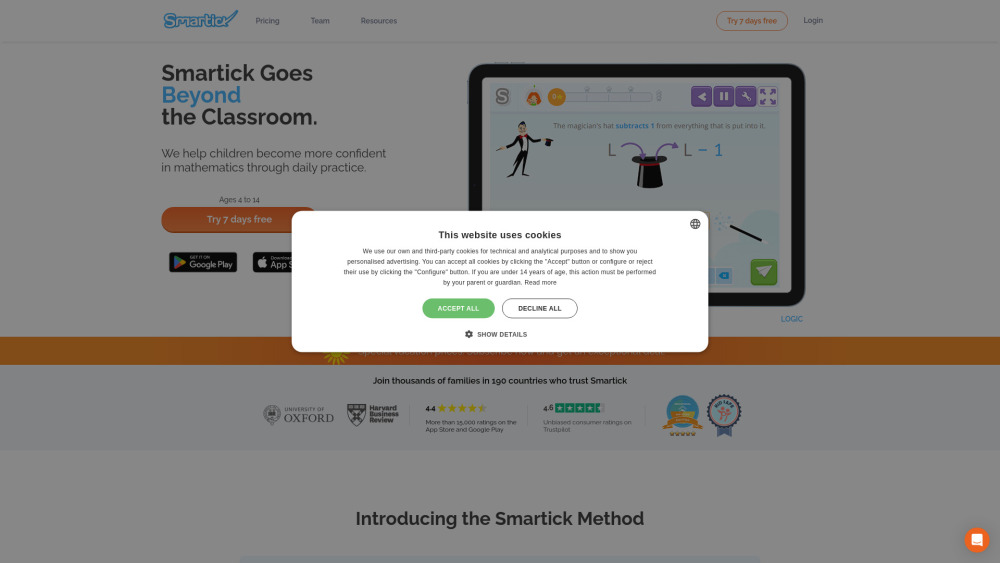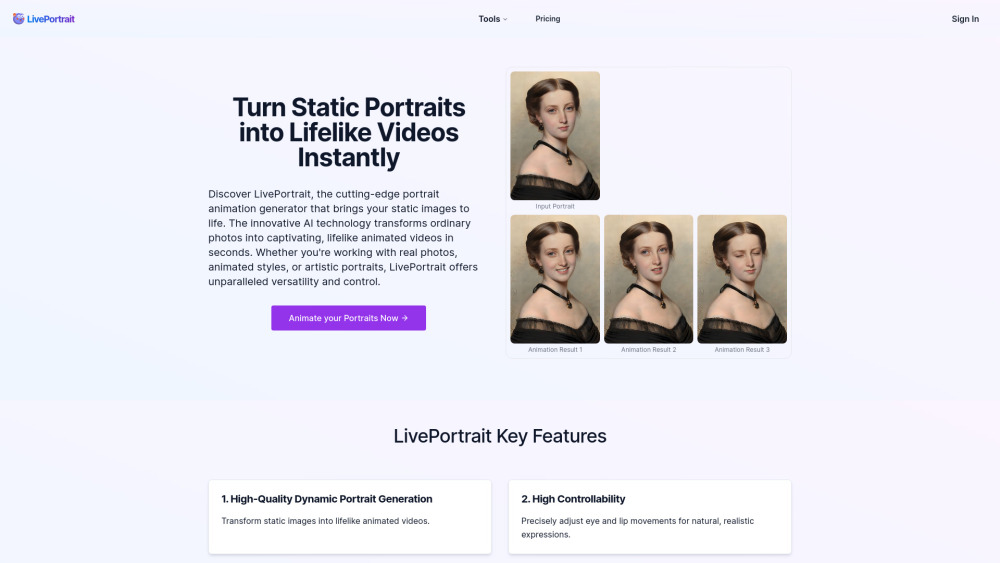Welcome to the Bring Your Own AI to Work (BYOAI) Age
Over a year after its introduction, generative AI has become essential in today’s workplace. Employees, feeling overwhelmed by their workload, are increasingly turning to AI to alleviate job-related stress. Many are adopting an “ask for forgiveness, not permission” approach, moving forward with AI tools without waiting for corporate approval.
Microsoft's Work Trend Index Insights
Recently, Microsoft released its fourth annual Work Trend Index, collaborating with LinkedIn to assess the labor market's current state. This year's report highlights AI's transformative impact on work. “AI is democratizing expertise across the workforce,” says Microsoft CEO Satya Nadella. The research emphasizes how organizations can leverage this technology to enhance decision-making, collaboration, and overall business performance.
Alongside the report, Microsoft is launching new capabilities for Microsoft 365 Copilot to facilitate AI adoption.
The AI Groundswell
According to the report, around 75% of employees now utilize AI at work, citing benefits such as time savings, enhanced creativity, and the ability to focus on essential tasks. This marks a significant increase of nearly 30 percentage points in just six months. While 79% of business leaders believe AI will maintain their competitive edge, 59% struggle with quantifying AI productivity gains, and 60% lack clarity on implementation strategies.
Facing a lack of decisive leadership, employees are taking the initiative to integrate personal AI tools into their work processes. This trend extends across generational lines, reminiscent of the earlier consumerization of IT era with tools like Slack, Dropbox, and Trello, driven by employee demand for more effective work methods.
AI’s Role in Reducing Workplace Chaos
The Work Trend Index reveals that AI helps employees navigate workload challenges. About 68% report struggling with job pace and volume, with nearly half experiencing burnout. Notably, AI also helps manage the stress of overflowing inboxes.
Career Advancement Through AI Skills
The report suggests that proficiency in AI tools can enhance career prospects. AI knowledge is in high demand, with 66% of business leaders stating they won't hire individuals lacking AI skills. In the absence of formal training, employees are proactively learning through platforms like LinkedIn Learning, Coursera, and Google.
The Emergence of AI Power Users
The report identifies two user categories: skeptics and power users. Power users saving over 30 minutes daily indicate that AI significantly enhances workload management and job satisfaction. Their AI adoption is influenced not only by external priorities but also by encouragement from leadership, with 61% hearing about the importance of generative AI from their CEO.
Despite executive hesitance regarding AI investments, there remains a push for employees to explore AI applications.
Guidance for Business Leaders
To harness employee enthusiasm for AI, organizations can:
1. Identify Business Challenges: Apply AI solutions to real problems, drawing on successful examples like Microsoft’s collaboration with Estée Lauder.
2. Promote Involvement Across All Levels: Facilitate participation from both executive leadership and front-line employees to ensure AI initiatives succeed.
3. Prioritize AI Training: Offer training programs to equip employees with the necessary AI skills for their roles.
New Features in Microsoft 365 Copilot
For those looking to explore AI, Microsoft is rolling out new features for Copilot for Microsoft 365, aimed at boosting productivity:
- Auto-Complete: Generates optimal prompts.
- Rewrite Feature: Enhances basic prompts into more detailed requests.
- Catch Up: A chat interface that provides personalized insights and recommendations based on user activity.
These features will be available in the coming months, further supporting AI integration in the workplace.





